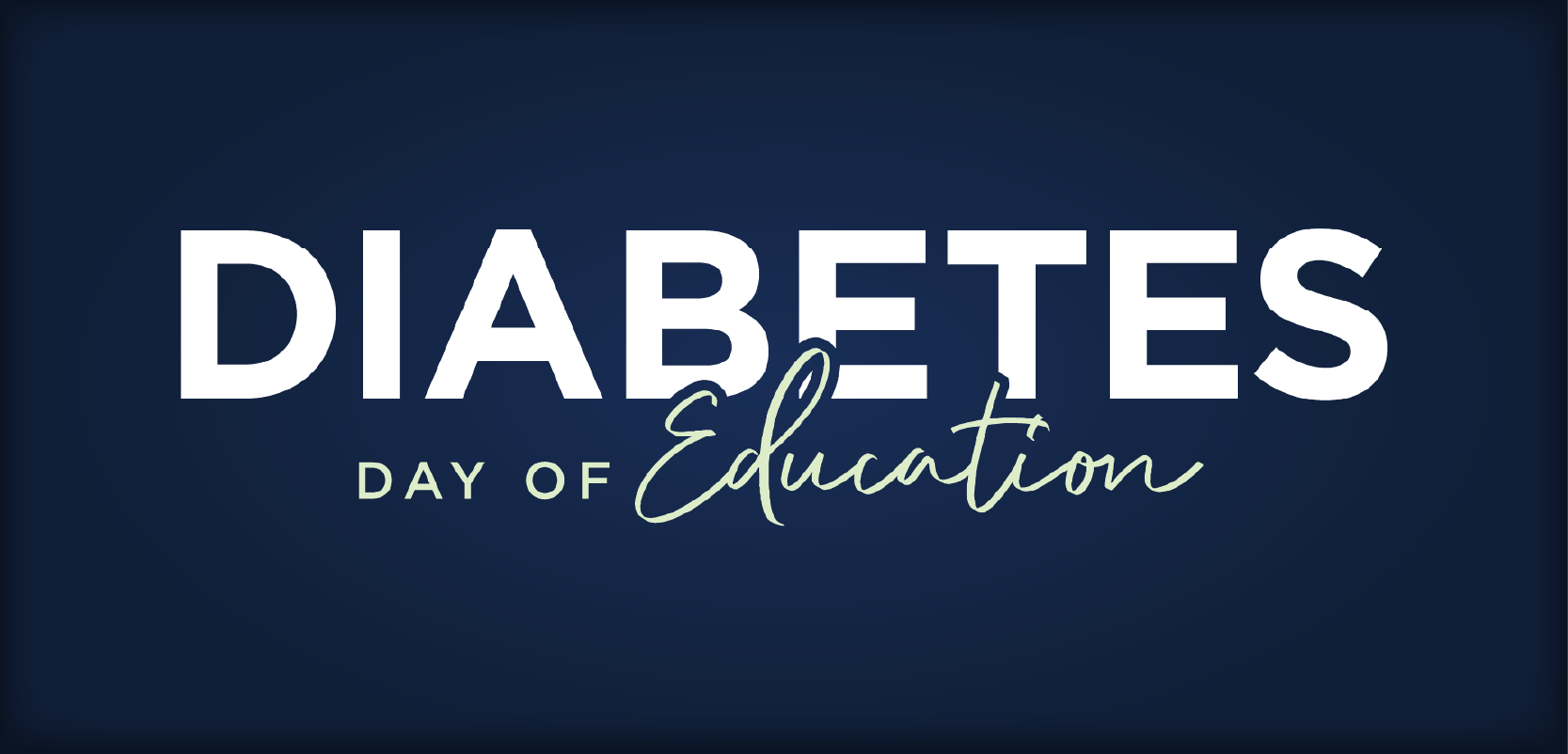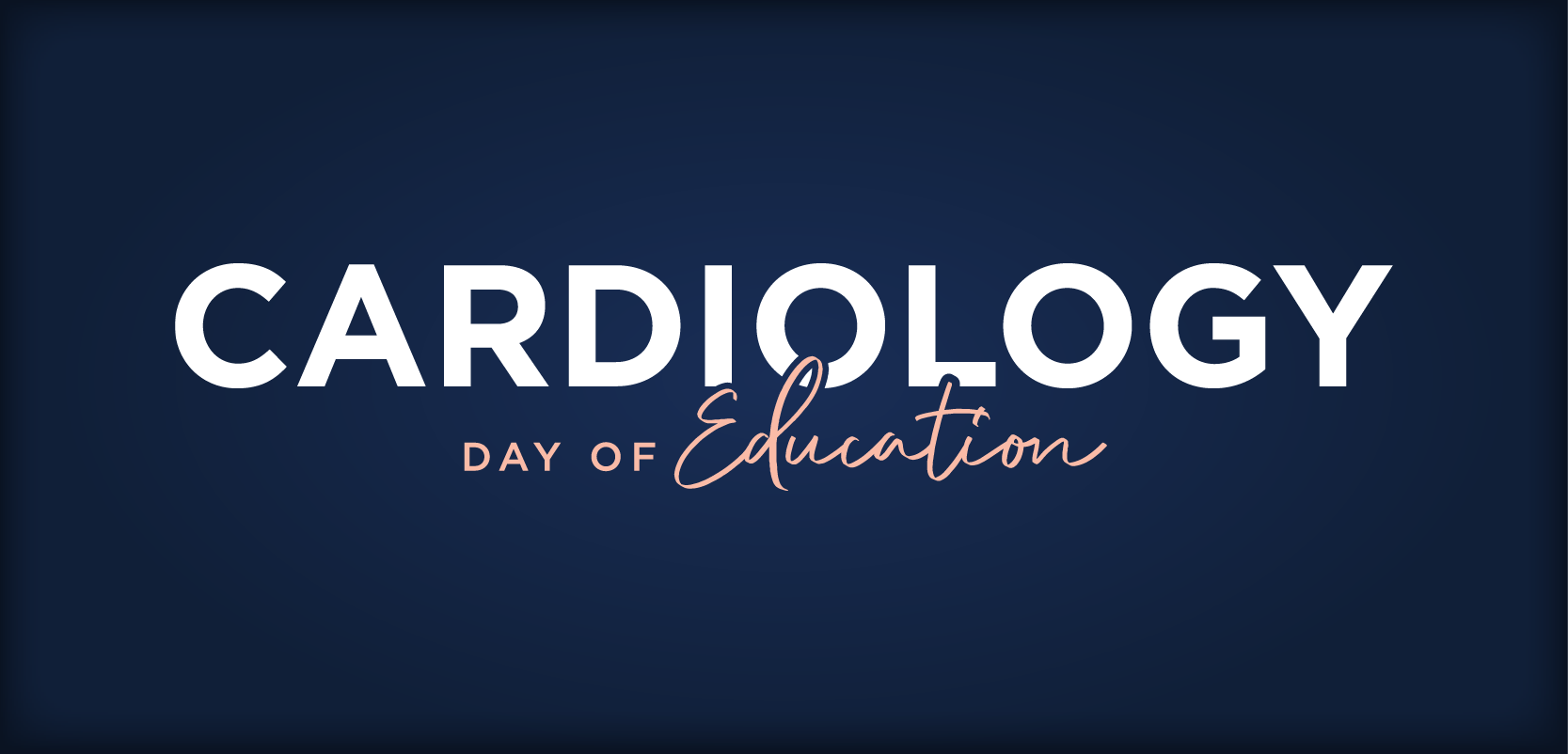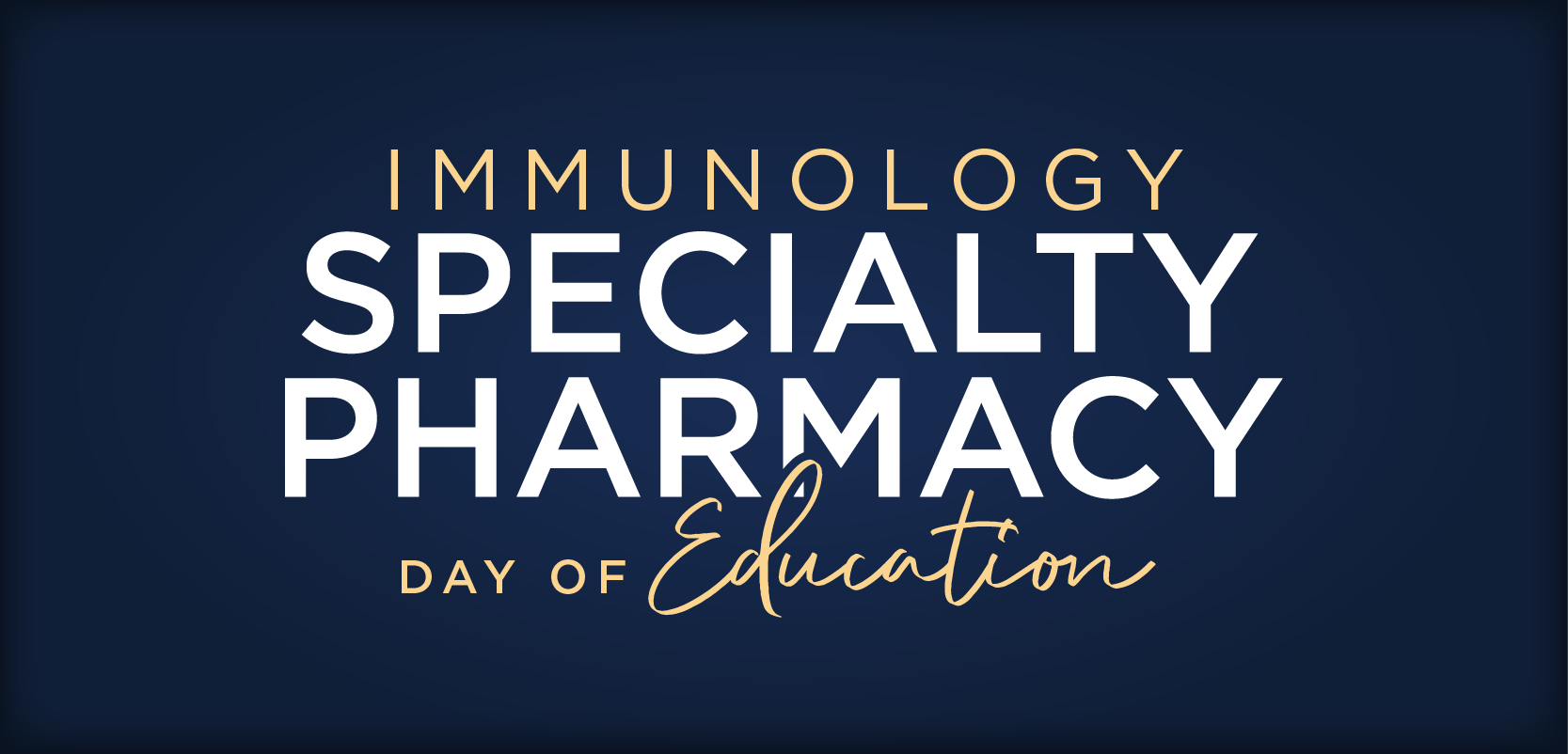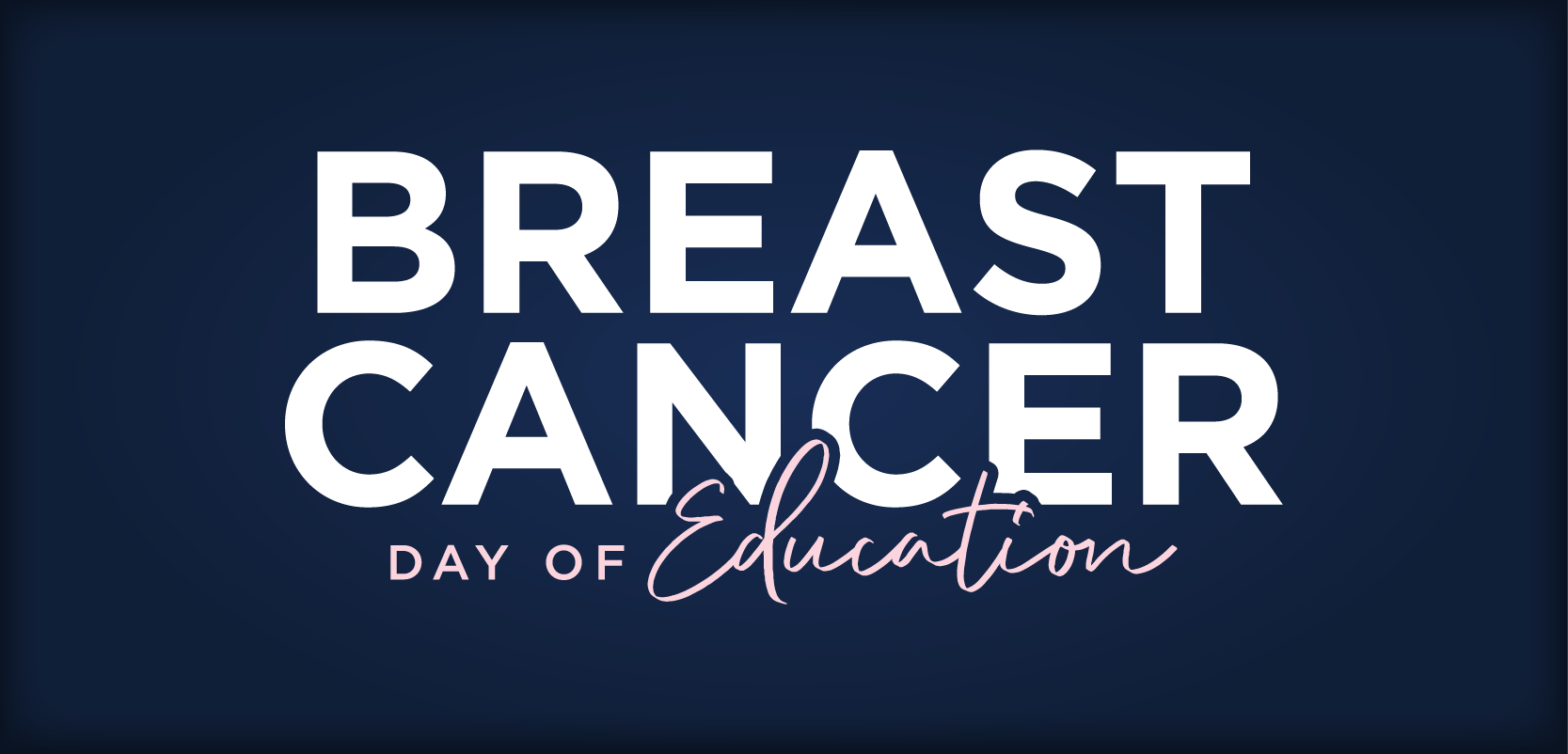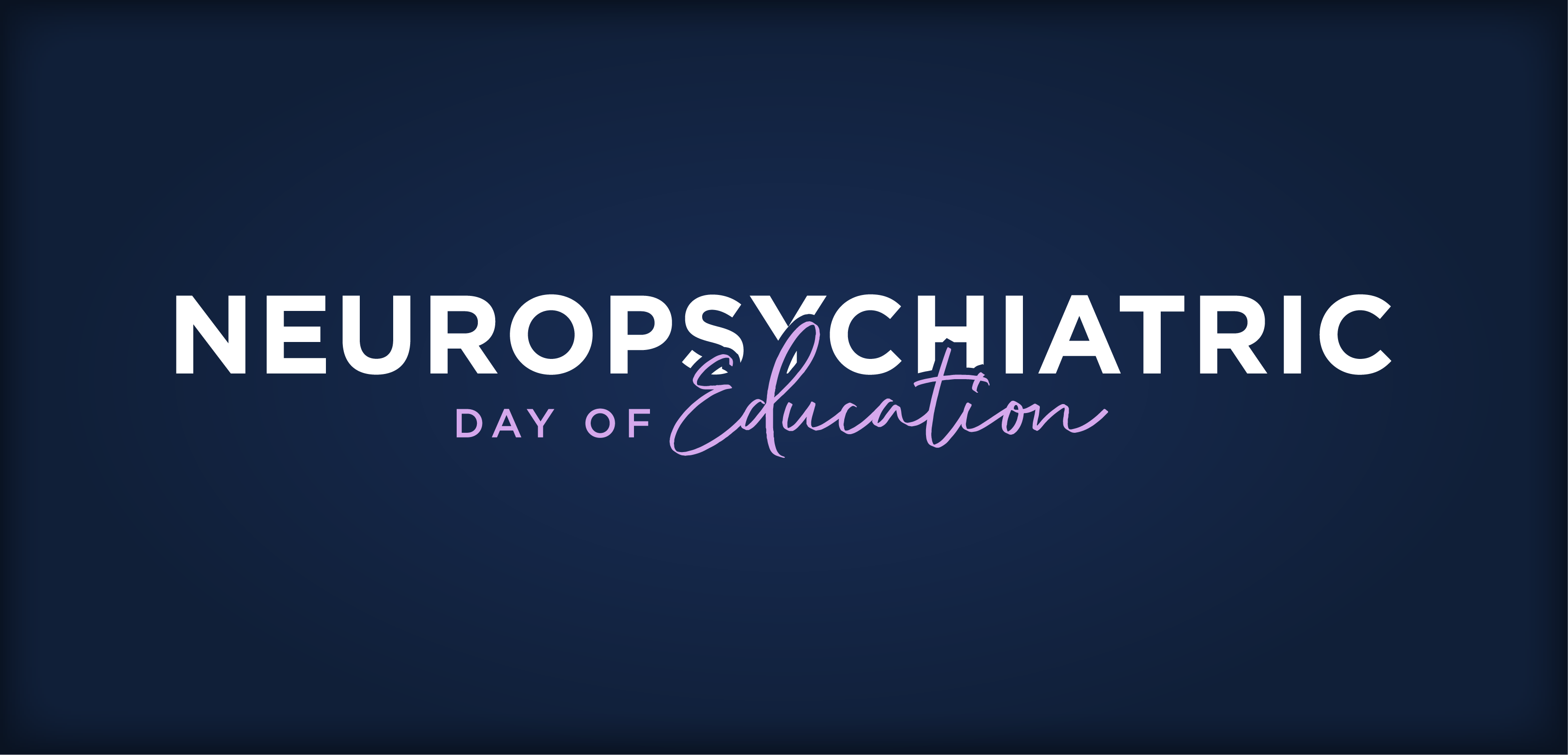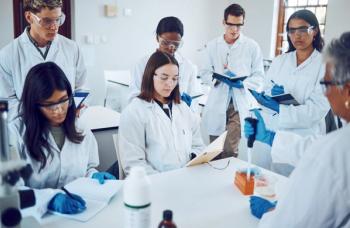
- December 2012
- Volume 3
- Issue 6
Specialty Pharmacy in the European Union
Recent economic developments in Europe have impacted the state of specialty pharmacy. Here is an overview of the fluid situation and a comparison with the United States specialty market.
Recent economic developments in Europe have impacted the state of specialty pharmacy. Here is an overview of the fluid situation and a comparison with the United States specialty market.
Introduction
Specialty drugs are used in the treatment of chronic and complex conditions such as rheumatoid arthritis and cancer. Characterized by high cost and long therapy duration, they are outpacing the traditional pharmaceutical sales growth and were expected to approach $100 billion in sales by 2011.1 This article evaluates the state of specialty pharmacy in the European Union (EU) and compares it with the United States market, especially in light of recent economic developments. A contInent In recessIon In February 2012, the European Commission (EC) announced that the euro zone economy would shrink by 0.3% in 2012. In May 2012, Spain announced that it had entered recession, thus joining the other Euroarea members also in recession, namely Belgium, Ireland, Italy, the Netherlands, Portugal, Greece, Cyprus, and Slovenia. Simultaneously, Greece revealed that its Q1-2012 GDP had shrunk by 6.2% versus Q1-2011!
Greece started to react to this crisis in the spring of 2010, with price and margin reductions and VAT increases, followed by a decrease in 2011. Generic drug prices were lowered to 90% of the originals and a positive and negative list was implemented. Spain reduced the retail price of generics by 30% and originals by 7.5%, and also changed the reference price system and external price referencing, allowing lower prices. Ireland and Germany imposed price reductions and reference prices. In Germany, pharmaceutical companies were obliged to produce a value-assessment dossier to demonstrate the added therapeutic benefit of a new medicine to be used for price and rebate negotiations with the sickness funds, while there was a 6% to 16% increase in the mandatory rebate Social Health Insurance demands from manufacturers.
For a Fistful of Euros
The global pharma market was worth $792 billion in 2010 (IMS, 2011). The United States/Canada market remained the largest with a 42.3% share, well ahead of Europe. US public biotech revenues grew to $61.6 billion, adding $1.2 billion to their collective bottom line. The performance of Europe’s public biotechs was similar to that of their US counterparts; top line grew by 12% and bottom line improved for the second year (Table).2
In 2010, the global top-selling specialty pharmaceuticals were Remicade ($7.4 billion), Enbrel ($7.1 billion), Humira ($6.8 billion), Avastin ($6.7 billion), and Rituxan ($6.1 billion).3
The EU biosimilar market grew from 33M (2007) to 65M Euros in 2009, while their market penetration rose from 0.34% to 6.64%. Prices of biosimilars were 10% to 35% lower than the respective reference products.4
Uptake of biosimilars varied by country,and Germany had the highest market shares due to quotas for biosimilar prescribing by physicians. Within the EU, 772 full-line wholesalers supplied 172,700 retail pharmacies, hospitals, and dispensing doctors throughout the EU, an area inclusive of 500 million inhabitants.5 Meanwhile, innovative pricing reimbursement mechanisms are being developed against increasing spending limits imposed by EU providers. For instance, in response to NICE’s refusal of UK reimbursement for Velcade in the treatment of multiple myeloma, J&J proposed that the NHS pay for a patient’s treatment only when it has been proved to work upon specific clinical criteria.6
Comparing the New and Old Continents
In March 2010, the Biologics Price Competition and Innovation Act was signed into law to create a pathway by which the FDA could approve biologics demonstrated to be “highly similar” to previously approved reference biologics.7 Small molecule drugs are approved under the Food, Drug and Cosmetic Act (FD&C), whereas biologics are approved under the PHS Act. Under FD&C, the 505(b)1 is the mechanism by which innovators are evaluated for approval. Alternatively, 505(b)2 allows for clinical information used in the filing to come from studies not conducted by or for the sponsor and for which the sponsor has not obtained a right of reference, and has been used for the approval of similar, although not biosimilar, biologics including somatropin (Omnitrope).
The FD&C Act also defines an ANDA process through which generic manufacturers can obtain approval provided adequate information is offered to demonstrate bioequivalence with the reference product, without conducting clinical trials. For biologics, the PHS Act allows approvals via 351(a) BLA application when a sponsor demonstrates the safety, purity, and potency of an investigational product through trials. The new 351(k) pathway will allow for an abbreviated approval of a biosimilar, requiring at least 1 trial.
EU introduced biosimilar legislation in 2004. The European Medicines Agency has issued product class-specific guidance for biosimilars in the following classes: insulin, human growth hormone, granulocyte colony stimulating factors (G-CSFs), erythropoietins, interferons, low-MW heparins, and recently, mAbs. Thus far, biosimilar versions of G-CSF, erythropoietins, and somatropin have been approved.
The EU Specialty Pharmacy Status Quo
Government regulations and market conditions influence patient access to pharmaceuticals as determined by: 1) affordability, namely the extent to which insurance covers patient needs, and 2) availability at appropriate outlets.
A recent WHO study suggested that high prices of new medicines pose a significant affordability problem to EU health insurers and can expose patients to unaffordable copayments, while substantial variations in coverage recommendations across countries were identified. While there has been considerable growth in EU pharma markets (3% to 4% per annum), growth has been higher in the newest EU12 states, but access is significantly lower in smaller markets. Within the EU, the time elapsing between market authorization and pricing/reimbursement ranges from 101 to 403 days (EFPIA 2009) and can have an impact on access in many EU states.8
The Future of Specialty Pharmacy in the EU
Currently, 50% of all pipeline medicines are biotech. Patient access to innovative medicine and industry competitiveness are top of the agenda for all EU stakeholders. The Transparency Directive, the Public Procurement Directive, and clinical trials legislation will be going through legislative processes during 2012. Rapid pricing and reimbursement decisions and no repetitive bioequivalence assessments are promised by EC’s new proposals. EC proposes cutting the duration of national generics pricing/reimbursement decisions from 180 to a 30-day maximum. Hopefully, these much-anticipated changes will soon result in positive quality of life changes of millions of patients across the old continent.
About the AuthorDimitris Dogramatzis, RPh, PhD, is a registered pharmacist and pharmacologist whose career includes medical affairs marketing, marketing management, country management, and multinational management positions. He has previously served as the regional vice president of Northern Europe for SERON and is the author of 2 textbooks, Pharmaceutical Marketing: A Practical Guide (CRC Press, 2001) and Healthcare Biotechnology: A Practical Guide (CRC Press, 2010). He can be contacted at gamma@otenet.gr.
References
- Walgreens. State of the Industry Report 2009.
- Ernst and Young. Global Biotechnology Report. 2011.
- Hirschler B. World’s top-selling drugs in 2014 vs 2010. Thomson Reuters, April 13, 2010.
- Rovira J, Espin J, Garcia L, Olry de Labry A. The impact of biosimilars’ entry in the EU market. Andalusian School of Public Health, January 2011.
- GIRP. Distribution profile and efficiency of the European Pharmaceutical Wholesale Industry, 2011.
- Gilbert AJ, Larkin M. Eur BioPharm Review, Spring 2008. [Add title if available]
- Novation. Preparing for biosimilars. Novation, Drug Budget Tool, 2012.
- Kanavos P, Vandoros S, Irwin R, Nicod E, Casson M. European Parliament, Internal Policies DG, Brussels, March 2011.
Articles in this issue
almost 13 years ago
Best Practices in Adherence in the Community Settingabout 13 years ago
Looking Forwardabout 13 years ago
CMS Revisiting Coverage Policies for Aprepitant and Amyvidabout 13 years ago
Advances in Specialty Therapy Nursingabout 13 years ago
Gilead Sciences, Inc's Truvadaabout 13 years ago
March 2013 Meetingsabout 13 years ago
Leadership in Oncology: Innovative Models of the FutureNewsletter
Stay informed on drug updates, treatment guidelines, and pharmacy practice trends—subscribe to Pharmacy Times for weekly clinical insights.











































































































































